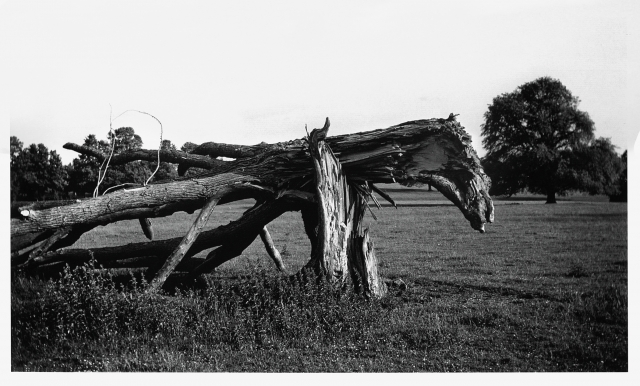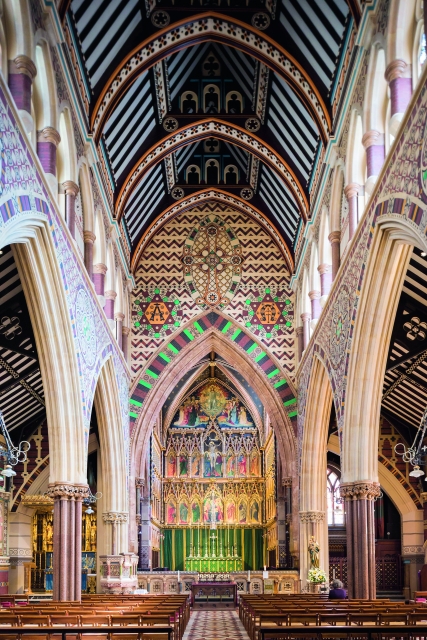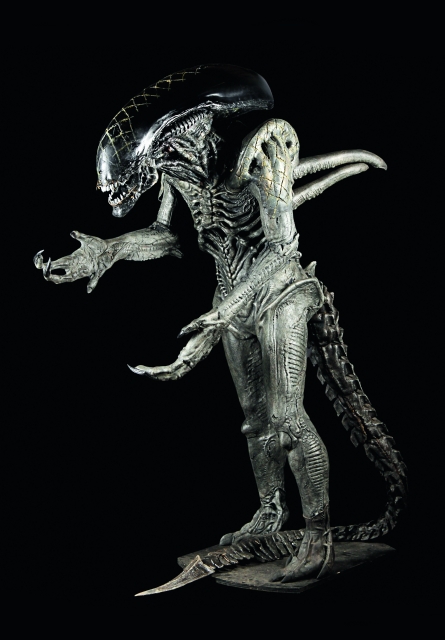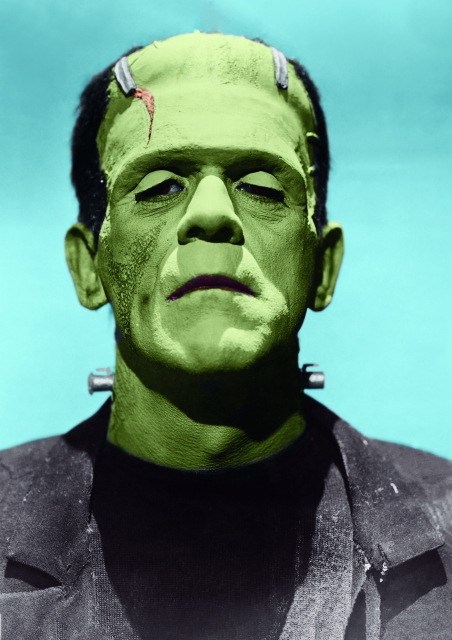How can you hope to navigate a genre that starts with a bunch of gloomy British poets brooding in crepuscular graveyards in the 1740s and ended up recently delivering us the sixth film in the Sharknado franchise (where killer sharks get hurled around by tornados, obviously)? How to span from Horace Walpole’s The Castle of Otranto, published as a fake medieval manuscript about haunted shenanigans in a castle in 1764, all the way to the Japanese-designed Resident Evil 7: Biohazard, a computer game centred on yet another zombie apocalypse?
The genre has long broken out of its narrow origins and become a global phenomenon encompassing literature, architecture, art, film, TV, fashion and every conceivable digital platform. It is a dark imagination that has stealthily crept across the globe.

To tell this story was the challenge I tried to meet with Gothic: An Illustrated History. The Gothic started out as a somewhat eccentric outlier in the century of Enlightenment rationality and the rise of the modern secular state. In literature, it was the place where banished superstitions and irrational fears went to live on in the shadows. It was the lowly, disreputable mode of that relatively new prose form, the novel.
But in architecture, “Gothic” came into use to describe the pointed arches of medieval churches in the early 1800s. The upward stretch and elaborate decorations of cathedrals built from the twelfth century onwards might be consoling to some, securing centuries of continuity in troubled times. This is why the British Houses of Parliament were rebuilt in the Gothic Revival style. But the ruins of old churches, abbeys and castles that dotted the landscape of Europe suggested to others an awful menace—of inevitable collapse, or the overturning of old orders.

Early Gothic fiction in Britain found the perfect conditions in the 1790s, when a Protestant state, cut off from the continent by war, watched as the French Revolution moved into the phase of “The Terror”, the execution of the king and the guillotining of many from the aristocratic governing class. “Terror novels” (as Gothic romances were then called), became all the rage in an England paralysed by fear and paranoia. Ann Radcliffe’s The Mysteries of Udolpho offered the model of a virtuous English heroine beset by ancient tyrannies and superstitions in a mouldering castle in the wild mountains of Catholic Europe. The book was much imitated (and parodied by Jane Austen in Northanger Abbey), a model of raising the spectre of old tyrannies, titillating us with the prospect that they might return from the grave, but ending with an uneasy laying to rest.
Radcliffe was herself horrified to find her work had spawned a whole sensational genre, typified by Matthew Lewis’s The Monk (1796), a disordered and licentious fantasia that delighted in every moral transgression. No less an authority in extreme naughtiness than the Marquis de Sade declared from his prison cell in France that The Monk was a literature of violent revolution.
Meanwhile, in America, one of its very first professional novelists, Charles Brockden Brown, specialized in disorderly Gothic horror. The American critic Leslie Fiedler suggested long ago that American literature was Gothic through and through, and from the very first. The early settlers and pioneers West were haunted by the blood spilt to secure the new American republic, and it welled up through their fiction.
The Gothic goes global because it is a set of travelling tropes that move and mutate, providing a set of images and stories that adapt to different cultural ecologies. Take the vampire: stories of bodies returning from the grave to feed off the villagers or their cattle were first recorded as peasant superstitions on the very edges of civilised Europe in the 1730s. Enlightened journals in Vienna, Paris, or London mocked these accounts as survivals of uneducated beliefs into the rational modern world. Yet eighty years later, the bumbling peasant corpse was displaced by the slick and alluring vampiric playboy, who slinked into English literature in William Polidori’s ‘The Vampyre’ in 1819.
Bram Stoker’s Count Dracula was only one in a long line of incorrigible undead aristocats. Yet the story in Dracula (1897) offers a striking trajectory: an ancient being who swaps his Transylvanian castle for a house in Piccadilly, close to the heart of empire. The vampire figure kept coming back from the margins to infect all the literatures of Europe, moving bite by bite to contaminate the world. It can fuse with the hungry ghosts of Japanese folklore, or the Latin American belief in the bloodsucking hybrid creature, the Chupacabra. The vampire, as metaphor for the foreigner, the migrant, the disease vector, the parasite, still speaks to us powerfully today.

One of the best ways to capture this protean global Gothic is to think about the shapes it throws. The forms it takes in architecture and all those ruined buildings, ancient and modern. The delight in textual fragments, in broken-off stories, unfinished hints at awful horrors, that is often a cunning device in Gothic novels to force our imaginations to engage with what lies unspoken and unspeakable. The territories with which it becomes associated: the mountain crags, icy wastes and empty wildernesses where Frankenstein’s Monster lurches, or the Bad Places in attics or basements of haunted houses where atrocities still leak their legacies, or otherwise in the terrifying anonymity of the corridors of monster hotels, where it is precisely the lack of history that disturbs us. Think about all the shapes the Gothic monster takes, from the utterly other, all tentacles and ooze, to the unnerving sameness of our exact double, sent here to persecute and replace us.
The aim of Gothic: An Illustrated History is to provide several routes through this sprawling terrain, offering 20 paths in 20 short chapters that aim to provide some coherent throughlines while also acknowledging and celebrating the bewildering varieties of shapes the genre now takes across the world. In a world riven by many disturbances to house and home, security and identity, the Gothic remains one of the most sensitive registers of our dark imaginations and the weird comfort of playing out worst-case scenarios. It’s time to invite the vampire in.
Roger Luckhurst is professor of modern literature at Birkbeck, University of London. His many books include Zombies: A Cultural History and The Shining. Twitter @TheProfRog

